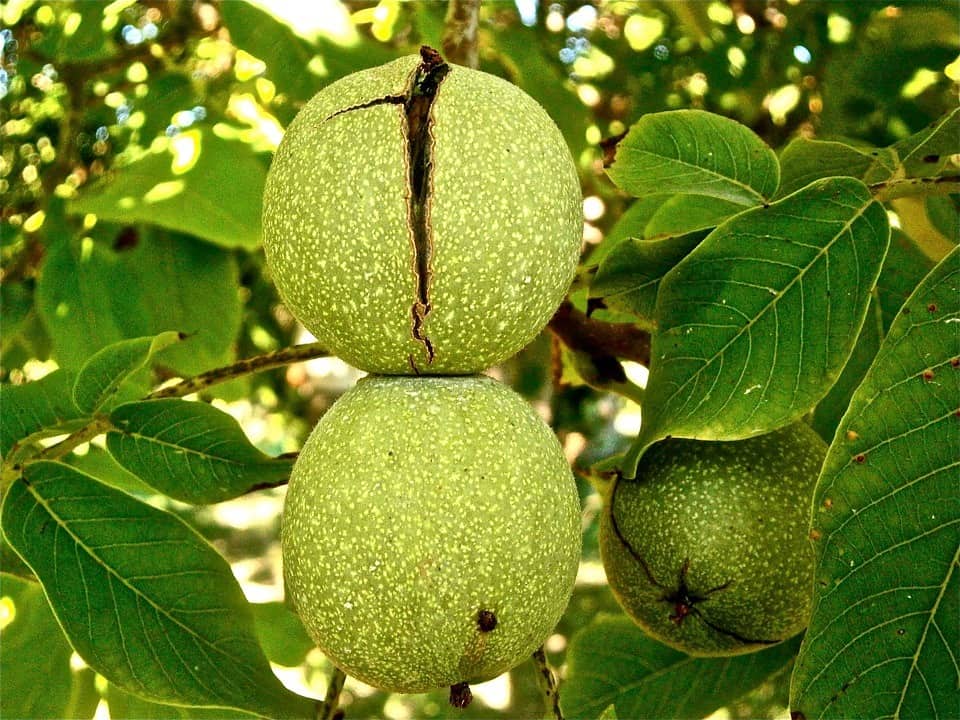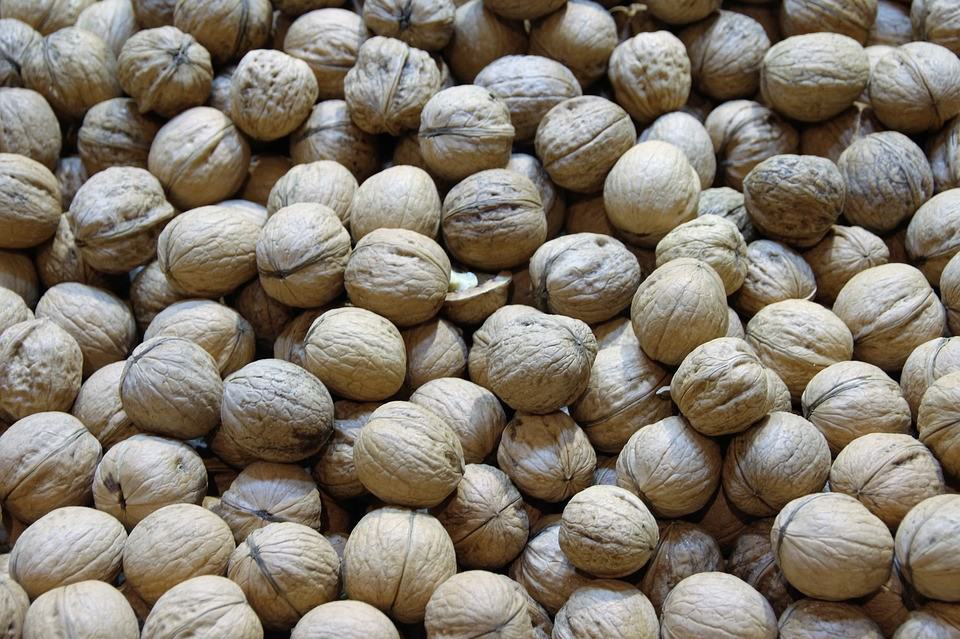How to Grow Organic Walnuts
Information on Walnut Growing
Today I’m going to discuss growing walnuts with organic fertilizer. You can actually save a lot of money with organic and natural fertilizers because the absorption rates are much greater.

Overview of Walnut Cultivation
Walnut (Juglans regia L.), are commonly known as Persian, Carpathian, or English Walnuts. The tree is native to the Carpathian Mountains in Europe and grows eastward to the Himalayan Mountains and China. The J. regia variety was introduced to California from Chile via Spain and is commercially grown along the Pacific Coast of the United States. To resist temperature fluctuations, there have been a number of cultivars developed and employed throughout the world. Walnut trees prefer rich, sandy loam soils, about 2 meters deep. The pH can range from slightly acidic to neutral. Walnut trees do not thrive in soils that have alkali salts and excess boron. It takes approximately 150 days from pollination for nuts to reach full size.
Walnut Nutrient Requirements
Walnuts need adequate soil moisture and fertility early in the season for maximum fruit size. When chemical fertilizers are used, fertilization usually occurs one time per year. Research has shown that foliar feeding has supplemented soil applications. Generally, the lack of nitrogen (N) and zinc (Zn) have been the limiting factors in walnut production. You can supplement these nutrients through foliar feeding with organic fertilizer. In addition, some sustainable methods of incorporating nitrogen have been the incorporation of compost, composted chicken manure, and the establishment of leguminous cover crops. To check the health of walnuts, a leaf tissue analysis should be taken on healthy midsummer foliage to determine nitrogen and zinc requirements. If additional zinc is required, galvanized nails or glazier points can be driven in the large limbs or the tree trunk.
Foliar Feeding with Neptune’s Harvest
Combine 2 gallons of Neptune’s Harvest and 1 gallon of Natural Kelp. Mix this concentrate with 100 gallons of water.


